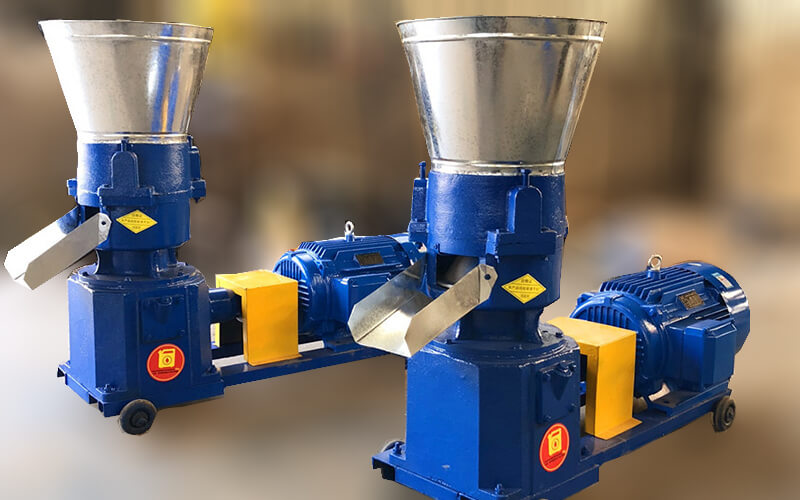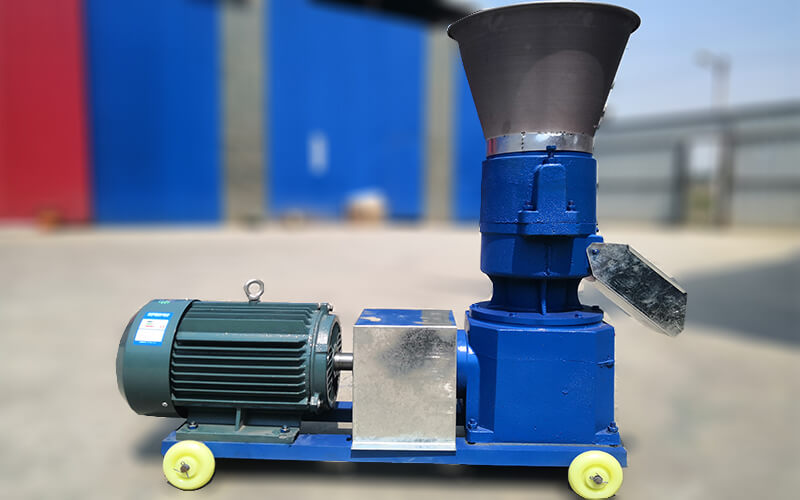
| Price | 500-3000 USD |
| Delivery Time | 10-15 days |
| Available | In Stock |
| Package | In Free Fumigation Wood Box |
| Guarantee | 1 Year |
| Shipping | By Sea or By Air |
| Payment Method | Wire Transfer or Western Union |
| Brand | Victor |
Straw Pellet Machine Specifications and Features
| Production Output | 0.1-2 t/h |
| Power | Electric motor or diesel engine |
| Voltage | 110-415V |
| Raw Materials | grass, hay, alfalfa, straw, cereal, corn, wheat, barley flour, soybean, oil seed meal/cake, edible leaf, fish meal, bone powder, etc |
| Type | flat die type |
| Final product size | 3-10 mm |
| Application | feed pellet producing, feed pellet industry |
| Used For | animal, poultry feed, fuel pellet production |
Electric vs Diesel Straw Pellet Machine Technical Specifications
electric straw pellet machine
| Model | Power(kw) | Output(kg/h) | Weight(kg) |
| VTKLP-125 | 3 | 50-80 | 80 |
| VTKLP-150 | 4 | 100-150 | 110 |
| VTKLP-210 | 7.5 | 200-400 | 210 |
| VTKLP-230 | 11 | 300-500 | 280 |
| VTKLP-260 | 15 | 500-700 | 300 |
| VTKLP-300 | 18.5 | 700-900 | 500 |
| VTKLP-360 | 22 | 900-1200 | 700 |
| VTKLP-400 | 30-37 | 1200-1500 | 900 |
diesel engine straw pellet machine
| Model | Diesel Engine Power(HP) | Output(kg/h) | Weight(kg) |
| VTKLP-125 | 4 | 50-80 | 100 |
| VTKLP-150 | 5 | 100-150 | 150 |
| VTKLP-210 | 10 | 200-400 | 260 |
| VTKLP-230 | 15 | 300-500 | 350 |
| VTKLP-260 | 20 | 500-700 | 420 |
| VTKLP-300 | 25 | 700-900 | 650 |
| VTKLP-360 | 30 | 900-1200 | 900 |
| VTKLP-400 | 40-50 | 1200-1500 | 1200 |
What Is a Straw Pellet Machine? Key Functions and Applications
This straw pellet machine turns straw into clean burning fuel pellets. It works with rice straw, wheat stalks, wood chips, and even dry grass. people can now make extra money by recycling field waste instead of burning it.
The VTKLP model squashes materials between heavy rollers and a steel plate with holes. A knife in the machine can adjust pellet length automatically. You get 3-10mm thick pellets that can be as long as needed.
Scientific Analysis of Straw Composition and Pellet Value
farmers know crops as the dry stalks left over in the field after harvesting grains like rice and wheat. these golden leftovers make up half the weight of crops we grow. Let’s break down why crops matters for farms and nature.
Nature’s Free Gift
Crops packs nitrogen, phosphorus, and calcium – key plant foods. Its rough fibers (30-40%) help cows digest food better. Smart farmers use it for three big jobs:
- Making paper without cutting trees.
- Creating clean biofuel for straw pellet machine.
- Soft bedding for animals.
Green Problem Solver
buring crops directly releases bad gases like methane, and wastes good stuff and pollutes air. That’s why smart growers now use pellet machines to turn crops into useful fuel or feed. These tight-packed pellets sell for 3× more than raw crops!
Straw Superpowers
| Crop Type | Best For | Bonus Use |
|---|---|---|
| Rice | Feed binder | Mushroom farming |
| Wheat | Horse bedding | Erosion control |
| Corn | Biofuel pellets | Garden mulch |
This simple farm waste becomes gold when used right. Even city factories buy straw pellets now to make eco-friendly products!
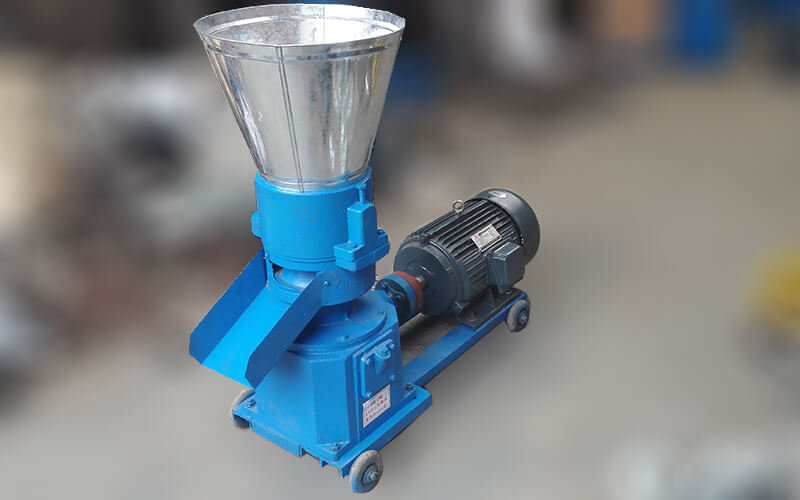
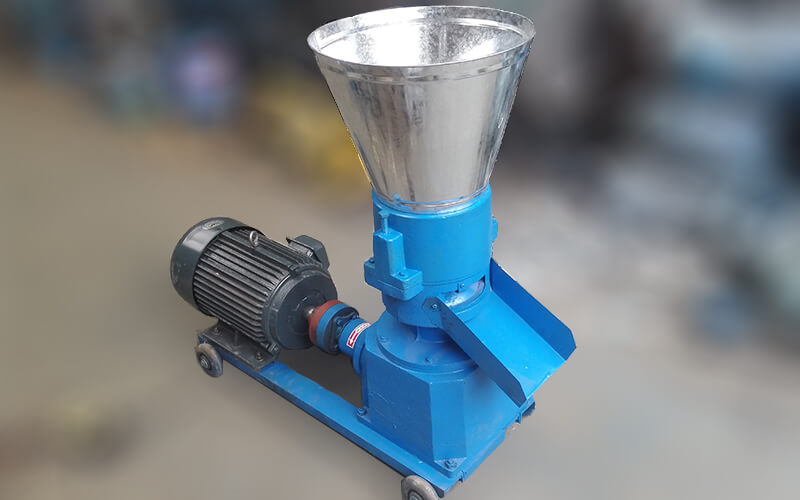
Chemical Composition(data from PMC)
| Straw Type | Cellulose (%) | Hemicellulose (%) | Lignin (%) |
|---|---|---|---|
| Rice | 30–38 | 20–30 | 9–15 |
| Wheat | 33–40 | 20–25 | 15–20 |
| Corn | 37.4 | 21.1 | 18.0 |
Raw Fuel Properties(data from ResearchGate)
| Straw Type | Moisture Content (%) | Ash Content (%) | Calorific Value (MJ/kg) |
|---|---|---|---|
| Rice | 6.58–18 | 10–20 | 14.08–15.09 |
| Wheat | 8–60 | 3–12 | 14.9–18.8 |
| Corn | 25–30 | 5–8 | 18.6 |
Pellet Fuel Properties(data from ProQuest)
| Parameter | Value Range |
|---|---|
| Moisture Content (%) | 8–10 |
| Ash Content (%) | 1–3 |
| Calorific Value (MJ/kg) | 17.5–19.5 |
3 Key Benefits of Straw Pellet Production: Energy and Feed Solutions
① Economic benefits
you can fix two issues through turning crop waste crops into density pellets: 1. reduce messy storage. 2. reduce high shipping costs. These energy pellets have triple the power of loose crops, you can burn them in a cleaner way for home warmth.
Their ash becomes free plant food full of good minerals – like nature’s vitamins for soil. you only need half the storage space when you convert crops into pellet fuel. this can save you money on fuel cost.
The clean burning pellets make 60% less smoke than coal, and it is much safer for farms. you can sell the pellets in energy markets, which can bring you extra money. so the straw pellet machine is perfect for farmers who care about the earth and money.
② Wide range of uses
pellets are not only just for heating fuel. but they can make great bedding for horses and small pets like bunny. the pellets are made from pure plants with no added chemicals, they can keep animal homes clean and safe .
Farmers also mix them into feed for cows and chickens. The natural fibers help animals digest food better. Green lights on the package show they meet strict cleanliness tests.
③ Environment protection
After harvesting crops, farmers often have piles of crops leftover in their fields. if you do not deal with chaff properly, they will harm the nature. But when farmers turn crops into useful things, they do two good deeds at once – protect the earth and earn extra money.
The crops can become animal beds, clean fuel, or even plant food. This smart recycling helps keep air and water clean while putting cash in farmers’ pockets.
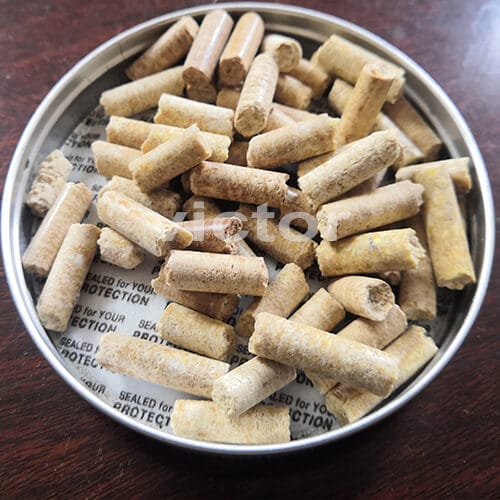
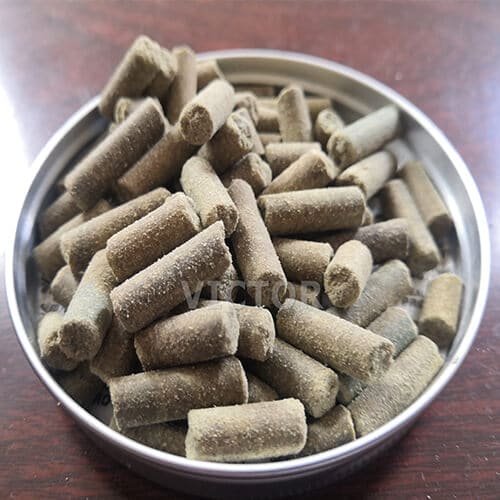
Common Uses of Straw Pellets: Feed, Bedding, and Fuel Applications
for feed
pellets can be used as a good pellet feed for animals. Compared with raw crops, pellet feed has the advantages of cleanliness, balanced nutrition, easy storage and long shelf life.
for animal bedding
final pellets can be as heating fuel also as animal bedding. The straw pellet mill can make perfect bedding for horses and cats. These natural bundles have no added chemicals and stay cleaner than regular bedding.
For hundreds of years, farmers used straw in horse stalls. Now, new straw pellet machine can make soft pellets from crops. These work even better in stables.
for heating fuel
Households commonly use straw pellets as fuel in pellet boilers, pellet stoves, and other pellet appliances. Power plants, factories, or large boilers often co-fire large crops pellets with traditional fuels like coal and oil.

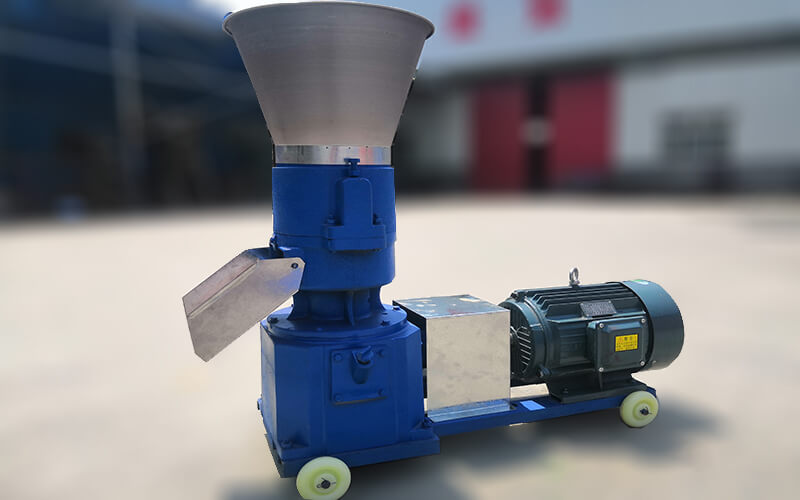
Step-by-Step straw Pellet Production Process
Preparing Raw Materials for Straw Pelletization
clean straw is the key step to start successful pelleting. you can use a vibrating screen to remove hidden troublemakers like rocks or metal bits. people know that even small objects can jam the straw pellet mill, so thorough separation ensures smooth operation.
Moisture Control in Straw Pellet Manufacturing
you need to ensure the crops moisture naturally at about 15%. When the crops moisture is over 15%, you have to use an industrial dryers to dry them.
Pro tip: Use moisture meters for precision control. Overly dry? A quick water mist brings it back to ideal range.
Optimal Particle Size for Straw Pellet Production
except drying draw, you also need a hammer mill to grind them into uniform 3mm-5mm powders. Why this size? because finest powder is better during extrusion, and can make dense pellets that burn longer.
Core Straw Pellet Machine Extrusion Process
Inside the pellet machine, magic happens. the straw pellet machine presses material through precise holes under 90°C heating. high pressure bonds lignin naturally, eliminating need for additives. the final pellets come out with 6-8mm cylinders that is standard for most burners.
Cooling and Storing Straw Pellets Best Practices
Fresh pellets sizzle at 80°C. Smart operators use counter-flow coolers that drop temps to 25°C without moisture gain. For backyard setups? Simply spread pellets on concrete overnight.
Packaging pro tip: it is better to use breathable bags for bulk storage to prevent condensation issues.
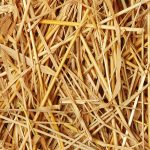
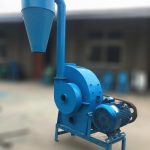
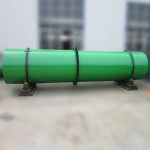
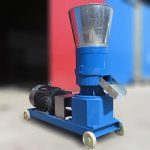
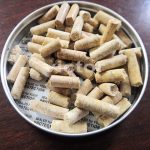
Quality Control in Straw Pellet Manufacturing: Key Checkpoints
you need to prepare the materials at first. Keep the materials moisture content at about 15%. If it is too wet, you can dry it in the sun. The dried crops looks like fluffy rabbit fur. grind it into smaller than your smallest fingernail (4-5mm) so the straw pellet machine won’t get stuck. Clean out any dirt or rocks first.
then feeding the grinded crops into the straw pellet making machine. A moving belt can help to transport it in smoothly. Out come hard, shiny cylinders – thicker than spaghetti (6-8mm) and 4-5 times longer. They feel smooth like pebbles with no cracks.
Hot pellets need cooling. Let them rest outside or use a cooling machine that blows air upwards. Bag them up when cool. Big farms use automatic baggers that work like cookie packaging machines.
good biomass compaction system can prevent problems like clogging holes or broken pellets. making straw pellets need stronger biomass compaction system. you also have to keep the straw pellet mill clean and oiled.

